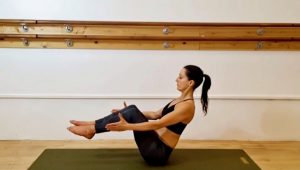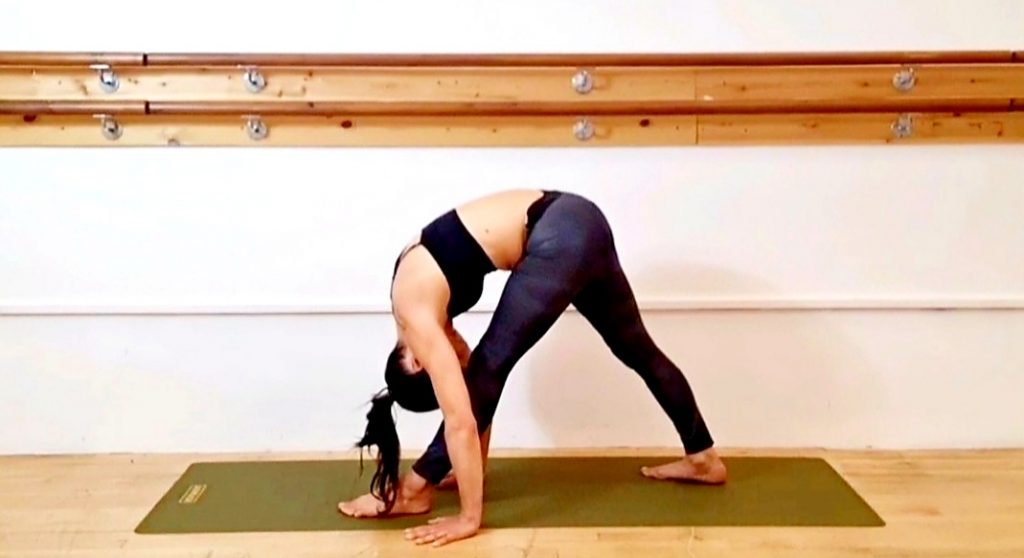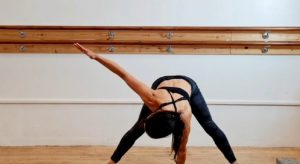It can be a lot harder to feel and see results with core work – particularly where bad backs are involved.
Here are the common mistakes that are made with core training and how to get a great core workout going.
- Thinking you have to be able to do sit ups (then feeling despondent and doing nothing)
- Forcing it (and ending up with neck ache)
- Activating something else (usually the achy QL back muscle)
no sit-ups required
Functional training means you are getting your body in shape to serve movements you need to make in your life – reaching, turning, picking up objects, carrying unevenly-weighted bags. And to be doing so without putting your back out. Approaching your core workout with this goal in mind means that no sit-ups are required. You do not need to get up without using your arms in life. You DO need to be able to support your spine and stabilise your hips. This is core work. .
1. Use rotational movements, hip stabilisation and neutral spine work
There are many ways to work the muscles of the core. Use a combination of exercises that require rotation (eg russian twists), challenge hip stability (single leg work) and maintaining a neutral spine (‘suitcase carry’).
2. Don't force it - small, controlled movements
Our heads are heavy and we instinctively lead from here in crunches to initiate the movement of spinal flexion for which the abdominals (rectus abdomonis) is responsible. This force is putting a lot of energy where it could be better used elsewhere and just leads to neck ache.
For movements that flex the spine, keep it small at first. In the same way you wouldn’t start bicep curls with 20kg dumbells, you cannot expect to lift upper body weight off the floor straight away. Keep the movement as small as it needs to be until the ability of the rectus to contract more builds up.
3. Pre-activate the abdominals/pre-exhaust the quadratus lumborum
With an achy back the QL muscle dominates the movement of spinal flexion. It does not have a great deal of range for this and you will feel that you ‘hit a block’ on the height of a crunch. 3 ways to tackle this are:
- pre-activate the abdominals by pulling the pubic bone towards the ribs from the belly button at the start of a crunch. You will feel the sacrum curl off the floor
- pre-exhaust the QL muscle by working it in it’s best job – preventing lateral flexion in a suitcase carry
pre-stretch the QL muscle
Keep training your core



